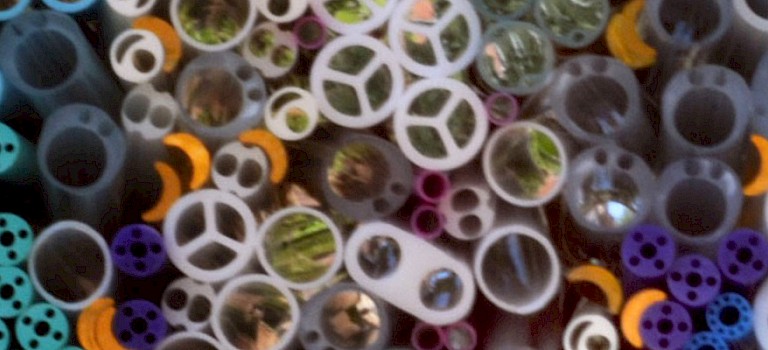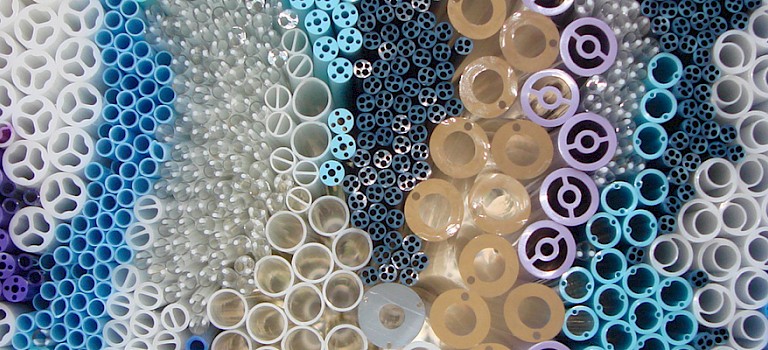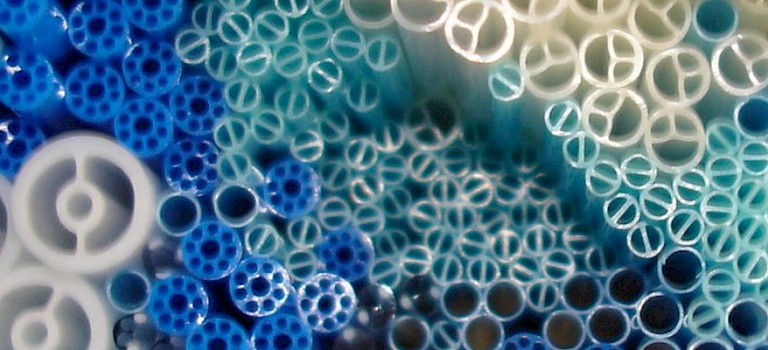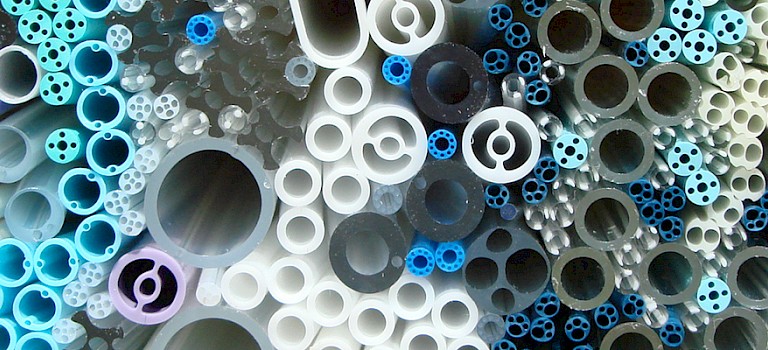Nylon 6,6 has a high molecular weight and therefore high viscosity. It has good abrasion resistance when compared to nylon 6 and better resistant to both high and low temperatures. Compared to nylon 12, it is more brittle at low temperatures. Its higher moisture absorption gives it better impact resistance than nylon 12 when wet. It's relatively difficult to process because of its exceptionally low melt viscosity.
Nylon 6,6 is made of hexamethylene diamine and adipic acid. The diamine and the diacid each donate six carbons to the polymer chain, giving nylon 6,6 its name.
Glossary Of Terms
viscosity
The resistance to flow of a fluid, defined as the ratio of shear stress to shear rate. The viscosity of a polymer decreases as the shear rate increases.
| Property | Measure Low | Measure High |
|---|---|---|
| Specific gravity | 0.0412 lb./in.3 (1.14 g/cc) | 0.0488 lb./in.3 (1.35 g/cc) |
| Melting point | 489°F (254°C) | 590°F (310°C) |
| Glass transition temperature | Not Applicable | Not Applicable |
| Tensile strength at break | 8557 psi (59 MPa) | 11200 psi (77.2 MPa) |
| Elongation at break | 50% | 300% |
| Hardness durometer (Shore A) | 90 | 121 |
| Hardness durometer (Shore D) | 60 | 101 |
| Water absorption @ 24 hours | 1.2% | 1.2% |
| Sterilization | Gamma radiation |
















